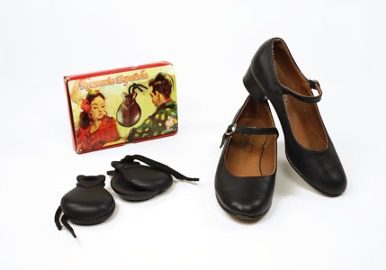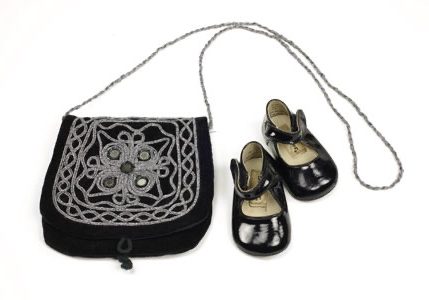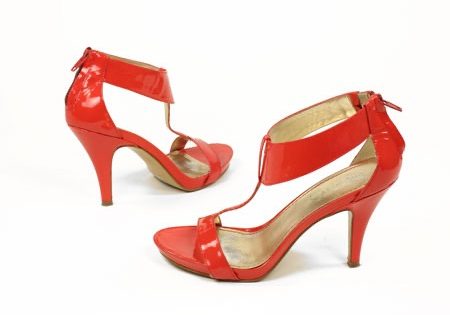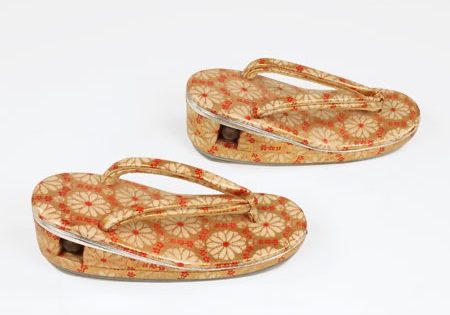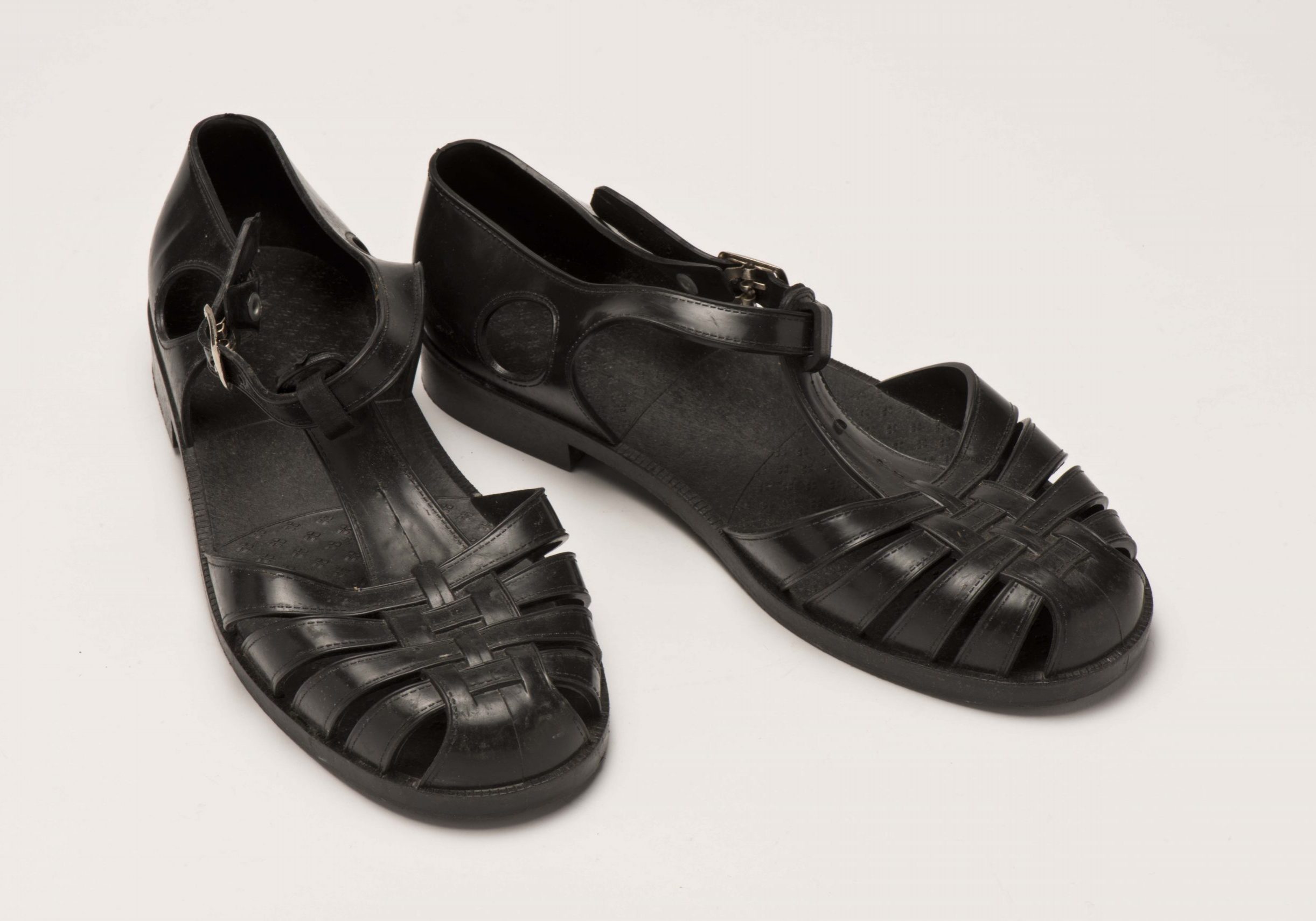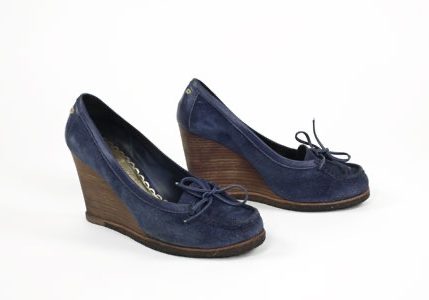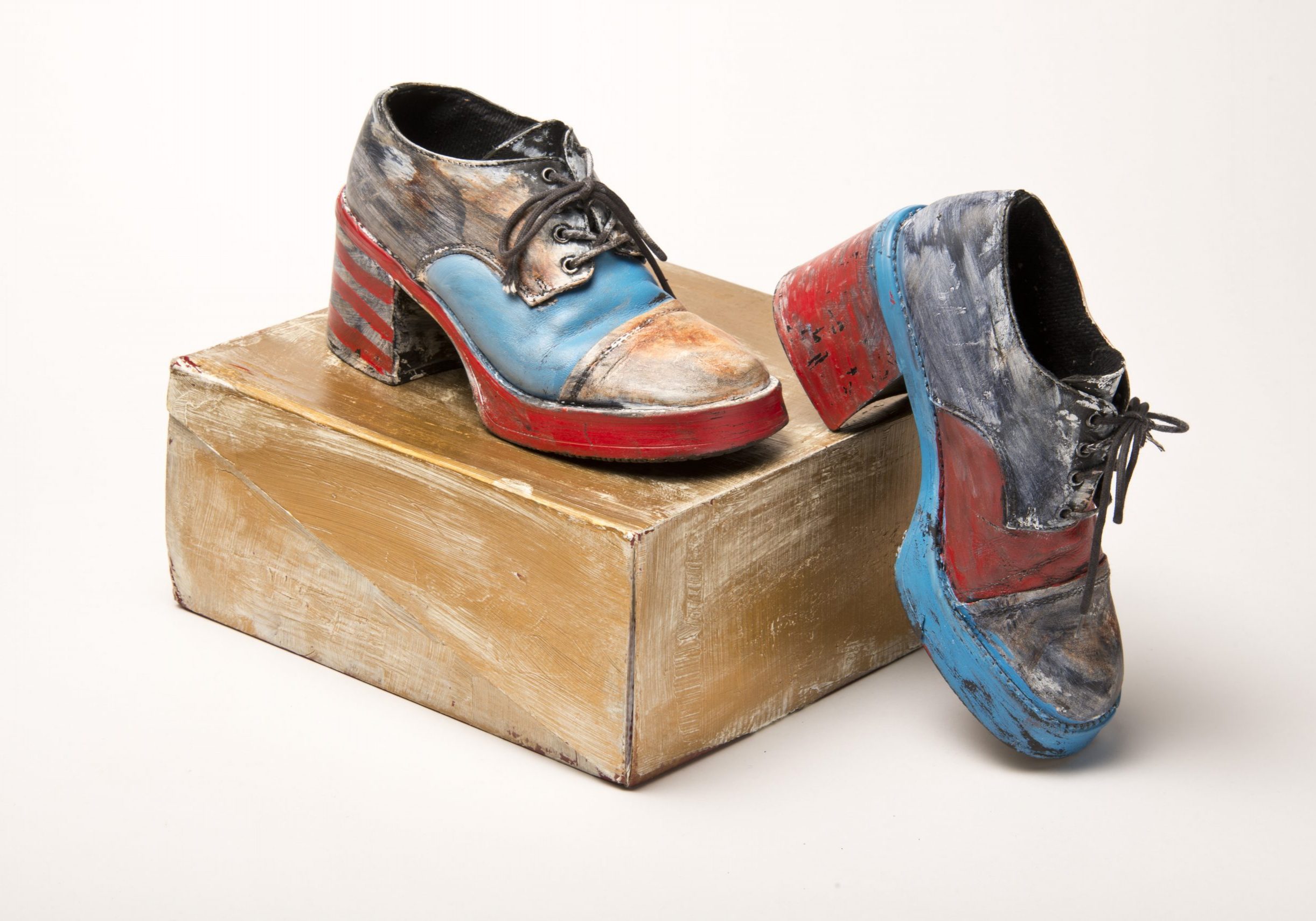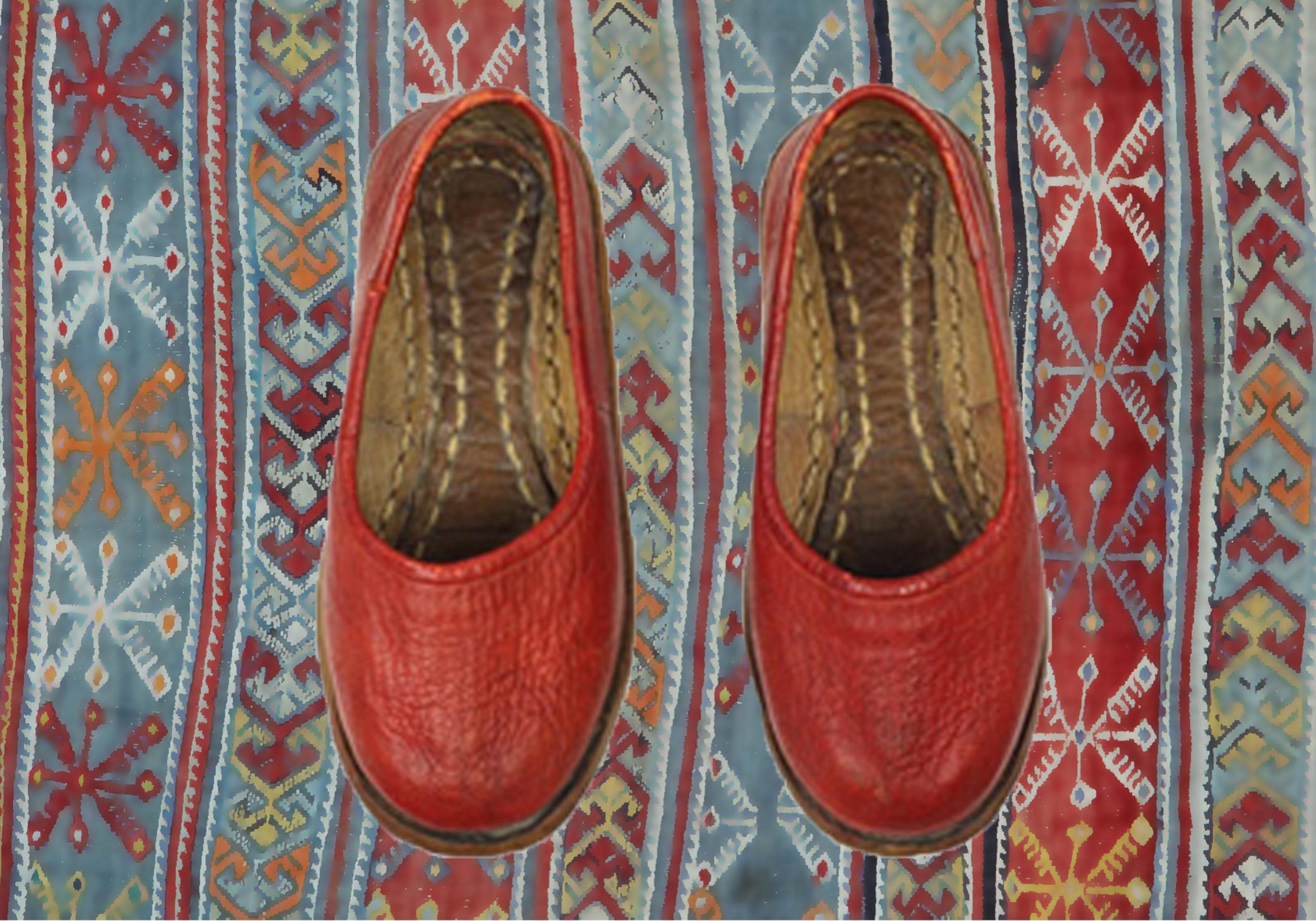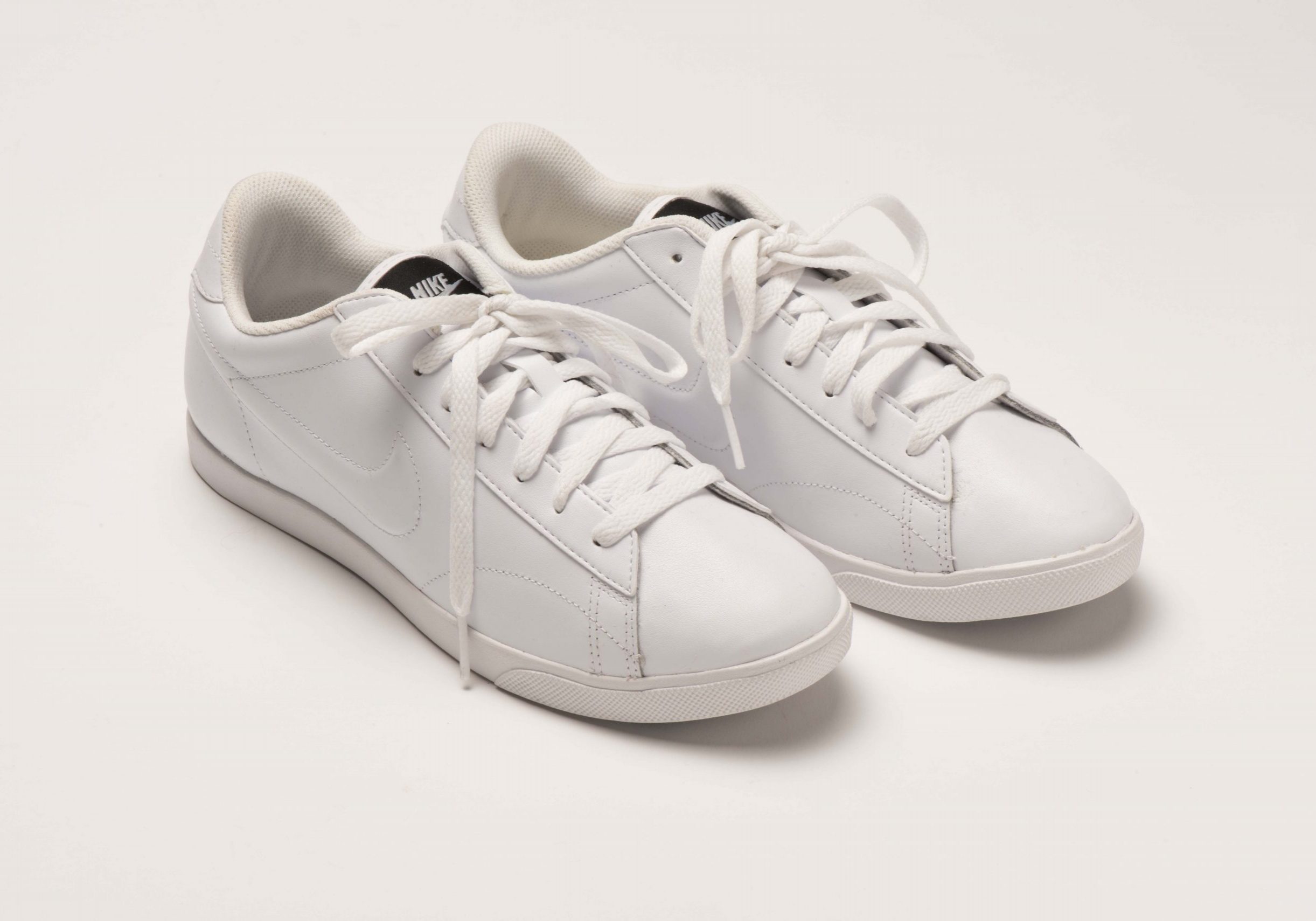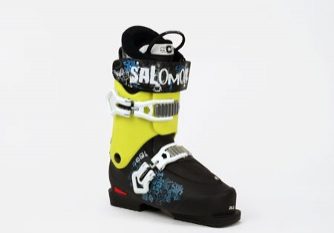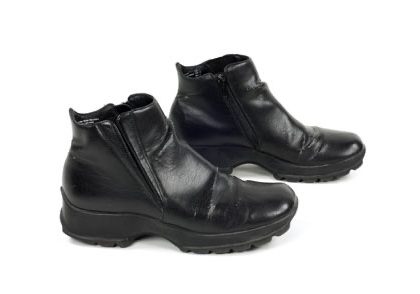A Conversation Starter
Maryam Nabavinejad
Summary:
(Persian shoes, above, are from the Collection of the Bata Shoe Museum, BSM P83.26)
A pair of shoes from where I’m from the land I have come from. Pearl beaded, with colourful signs of royal birds and tree of life. The shoes don’t talk to me. I cannot imagine the woman who once possessed them. The rare stories discovered and told about the women in that bitter part of history discouraged my young self from getting close to them. Now, these peacock-signed shoes bring the shady women of old photos to life. This strong testimony of existence pushes back my long-time feelings of denial. I start a conversation with the woman who once put the shoes on.
Story:
“Taaj, are these your shoes?”
That was the phrase that came to mind the moment I looked at the postcard of a pair of Persian shoes. The poem embroidered in the inner sole of the shoe was in the language I read and speak best. The beaded peacocks indicated they belonged to a princess. Who else could carry the royal bird on her shoes?
Beautiful objects raise emotions and inspire us to imagine the person who had them once in the past. The description on the back of the card said that these shoes must have belonged to some woman in the19th century Persian court. I tried to imagine a woman from the Qajar monarchy: all I had was shadows. These shoes were well crafted and beautiful. Why couldn’t I see the woman who had these shoes on two centuries ago? I had no story to tell about her.
Taaj, or as she is known in history Tajosalttaneh (her name means “the crown of monarchy”), was the daughter of King Naasseredin, the most famous king of the Qajar monarchy. She was educated and poetic. Her memoir is the only text remaining from 19th century Iran in which a woman narrates her life in the royal court. She lived in the golden cage of the harem during one of the nation’s most turbulent and difficult moments. Taaj was critical of the court and the kings she witnessed, both her father and her brother. She was also unsatisfied, lonely and miserable in her marriage. But she had a voice. No wonder she is the only woman from the era of these shoes that I can hear her loud and clear. In my imagination, the rest of them, with their mute and faded shadows in old photos, could not have stood in these delicate hand-crafted shoes.
Although several other women in the Nasseri court were recognized for their importance behind the scenes, only Taaj is remembered for her wisdom and critical eye. Her stories describe the King’s mother and his wives as terrified, insecure women fighting for his attention. She tells how the King’s mother manipulated him to have his reformist minister assassinated. She describes each of his wives working to seduce him in order to secure a place for her son in the line of succession to the throne. King Nasseredin was in love with photography and took many photos of his harem. In those photos, the women have hairy faces, artificially bridged eyebrows, and slight moustaches considered a part of their beauty. Layers of fat surround their bodies, and the hideous tutu-like skirts that the King made them wear after he returned from visiting ballet in Moscow make a bizarre combination with their traditional pants.
I don’t like the look in their blurred eyes or their heavy make up on flabby cheeks. All I read about them are stories of rivalry, misery and never-ending games of power. The abhorrence I feel towards the way they lived, and yet the pity I have for these women is overwhelming. They are the past that I now know I avoided. I tried to forget them. They are untouchables, like an open wound.
But when Elizabeth, the curator of the Bata Shoe Museum, put the shoes in front of my eyes, I knew that I could not deny their existence anymore. As Taaj left us her words, perhaps some other woman in the court has left these delicate shoes to be remembered. If she were alive, we could start a conversation over them.
That’s what we do today. Our shoes are not just shoes, they are conversation starters. I could ask her why the back of the shoe is flattened. I may explain to her that today, we despise doing that to the shoes. Is that because they were too tight for her? When did she first put them on? Did she receive them when she was a teenage bride and then carried them along the years, even when they didn’t fit very well? Did she receive them as gifts, or did she pick them herself? And then maybe I would dare to go farther and ask: “Were you ever happy in your life?”
I had to come this far around the world to reach that woman in her pearl beaded shoes.
MARYAM NABAVINEJAD migrated to Canada from Iran 11 years ago. She is a blogger and is launching an internet-based radio for Persian speakers of GTA.
Read Other Stories from this Author
Invisibility Shoes
For some newcomers in Canada, adopting a new life includes adopting a new look and attire. But there are many social...
Baby Shoes in the Garden
I took my first steps in these red leather baby booties. My earliest and most powerful childhood memories are of the private...
